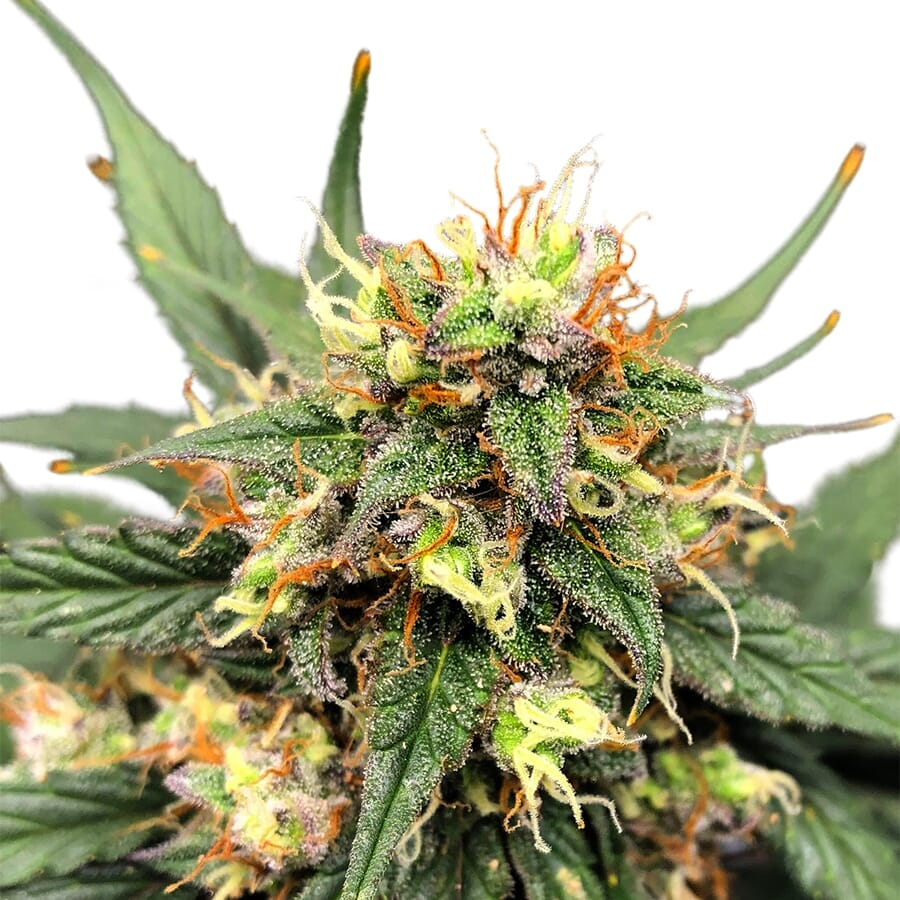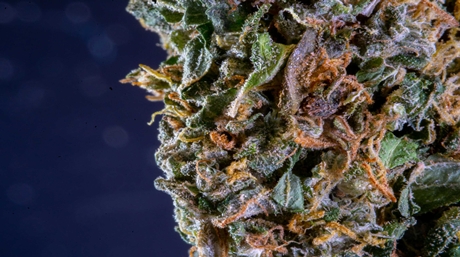Mainlining cannabis, also known as fluxing or mani-folding, has become a buzzword among modern cannabis growers. This technique, which combines different pruning methods, offers numerous advantages and is gaining popularity for its ability to maximize yields while optimizing limited space. In this comprehensive guide, we will delve deeper into the mainlining process, explore the benefits it provides, and provide additional tips to help you achieve successful results.
Mainlining refers to a training technique used to encourage the development of several large, uniform colas instead of a single dominant cola. The main goal is to create an even canopy where each branch starts from the main stem, ensuring optimal light penetration and nutrient distribution. To achieve this, growers employ a combination of Low-Stress Training (LST) and topping.
Let’s take a closer look at the steps involved in mainlining cannabis:
Let the plant grow to the desired size and height: Before starting the mainlining process, it is essential to ensure that the plant has reached the perfect size and height. This allows for proper airflow around the plant, which is crucial for the technique to be successful. Ideally, wait until the plant has six internodes.
Make a cut at the 3rd node: Carefully make a cut at the third node, ensuring that you leave a small portion of the stem intact to prevent splitting. Remove all the leaves below the third node to improve airflow. Cutting off the leaves helps the stem grow branches more quickly.
Create the branches: As the branches start to grow stronger, gently tie them down in a horizontal position. This technique, known as Low-Stress Training (LST), helps create an even canopy and encourages the growth of secondary branches. Continue this process until you have eight primary branches, also referred to as colas. Allow each branch to grow until it develops four nodes. At the second node of each stalk, remove any additional growth to ensure that every emerging branch grows from the same side.
Adjust the lighting: Depending on the specific cannabis strain and your familiarity with it, adjust the lighting cycle to 12 hours of light and 12 hours of darkness when the main lined cannabis plant reaches half of your desired height. This change triggers the flowering phase and prepares the plant for bud development.
Maintain even branch height: Throughout the training process, monitor the height of the tops of the eight branches. If any branch starts to outgrow the others, gently bend it from the center to ensure uniform height among all branches. The goal is to create an even canopy where all branches receive equal light and resources.
Now, let’s discuss the benefits of mainlining cannabis:
Space-saving: Mainlining is crucial for saving space indoors. By ensuring that the plants have uniform heights, there are no outgrown branches that would hinder overall growth or occupy unnecessary space. This is especially beneficial for growers with limited cultivation areas.
Easy and time-saving: Compared to other training methods, mainlining is relatively easy to observe and implement. Once you establish the first manifold and fix the branches in place, the remaining work involves maintaining an even canopy height. This simplicity saves time and effort during the cultivation process.
Improved airflow: Mainlining promotes excellent airflow within the canopy. The uniform heights of the branches allow for better circulation of air, reducing the risk of issues like bud rot, molds, and pathogens. Adequate airflow also helps maintain proper humidity levels and prevents the buildup of excess moisture.
Ease of harvesting: Mainlining makes harvesting easier and more efficient. Since the buds are of similar size and grow in a symmetrical order, it simplifies the trimming process. Harvesting becomes a streamlined task, as the buds can be cut off in a uniform and organized manner.
Increased yields: One of the key advantages of mainlining cannabis is its potential to boost yields. By directing the plant’s energy and nutrients towards the buds instead of dense leaves and flowers, mainlining encourages the development of dense, resinous buds. The uniformity of the colas allows for efficient light absorption, resulting in heavier yields compared to traditional cultivation methods.
Even drying and curing: Buds obtained from mainlining cannabis tend to have similar moisture content and density. This leads to a more consistent drying and curing process. The same-density buds dry and cure at a similar rate, simplifying the post-harvest process.
In conclusion, mainlining cannabis is a highly effective training technique that allows growers to optimize limited space while maximizing yields. By following the step-by-step process outlined above and considering the mentioned benefits, you can successfully implement mainlining into your cannabis cultivation practices. With careful planning, attention to detail, and regular monitoring, you will witness the impressive results of mainlining in the form of abundant, high-quality buds.















